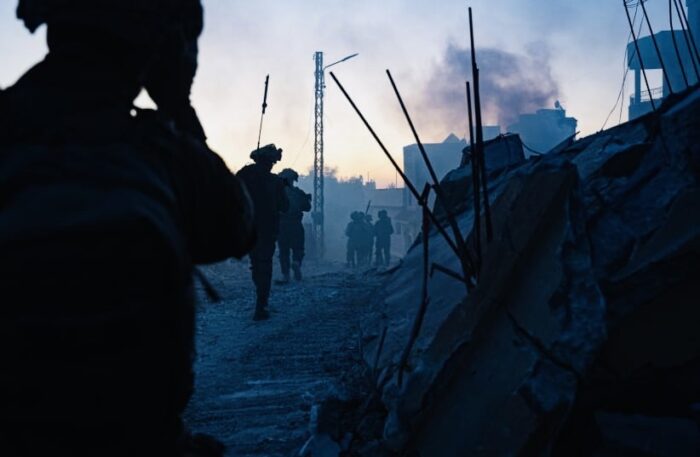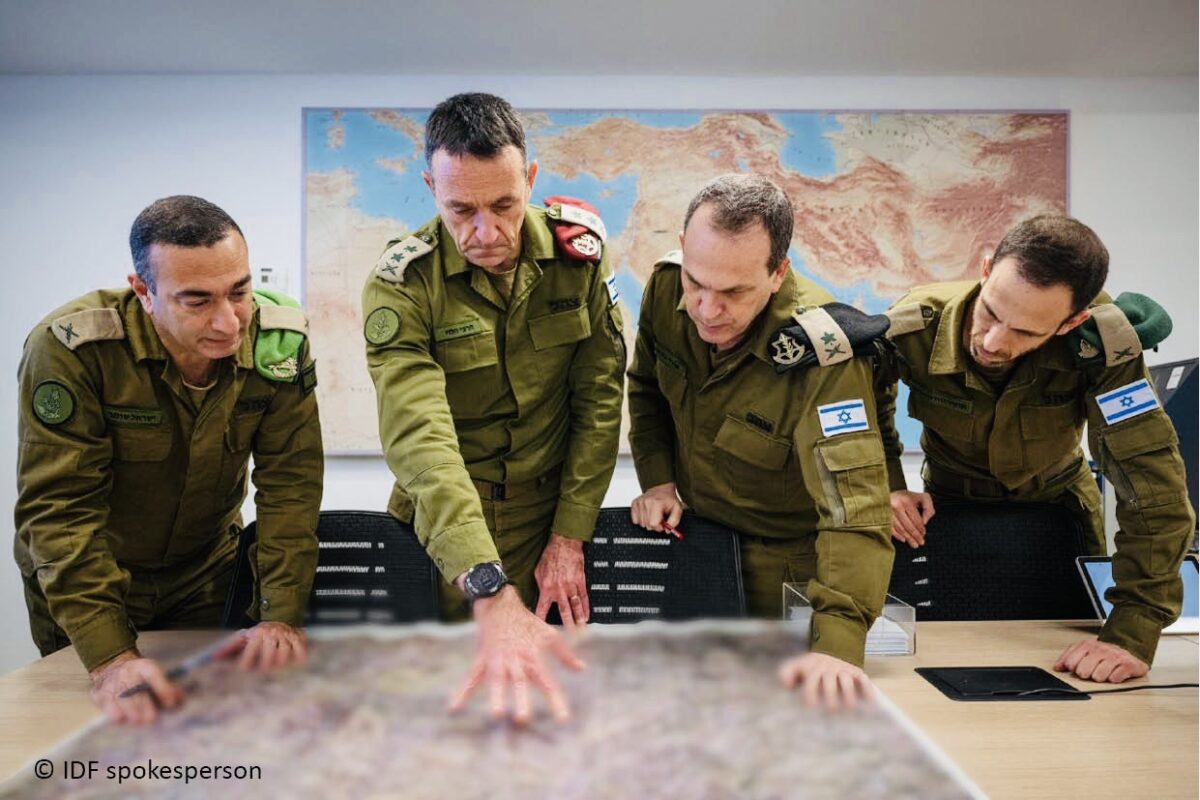Nearly three weeks after Israel’s invasion of southern Lebanon, its fourth since 1978, Israeli political and military leaders have enunciated a strategic doctrine to ensure that its northern border will be as safe as possible from Hezbollah aggression in the future.
Israel launched its operation on September 30, three days after its assassination of Hezbollah secretary-general Hassan Nasrallah, a seminal figure in Iran’s Axis of Resistance.
With its limited incursion, the Israeli government seeks to achieve two interlocking objectives.
The first is the destruction of Hezbollah’s massive military infrastructure close to the border, which has been painstakingly constructed with the assistance of Iran, Israel’s arch enemy, since the last Israel-Hezbollah war in 2006. Israel does not appear to be interested in destroying Hezbollah, a powerful Shi’a political, social and military movement deeply enmeshed in Lebanese society.
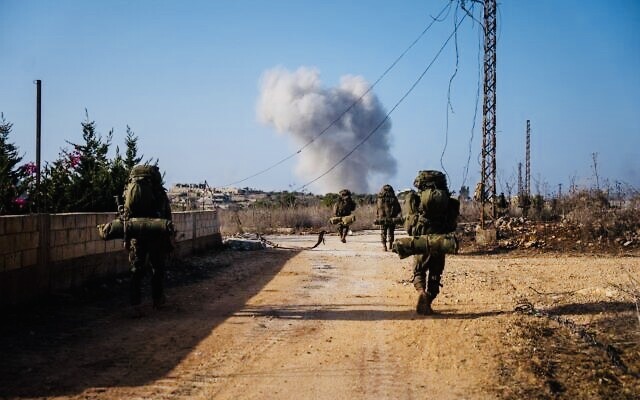
The second is the return of some 60,000 displaced Israelis who were evacuated from their homes close to the border after Hezbollah began bombarding northern Israel last October 8 in a brazen show of solidarity with Hamas.
In pursuit of these goals, Prime Minister Benjamin Netanyahu told French President Emmanuel Macron on October 15 that Israel would not accept a ceasefire agreement. A truce would enable Hezbollah to regroup and allow the “security situation” in southern Lebanon to revert to the status quo ante, he said.
Amplifying Israel’s tougher approach to Lebanon, the chief of staff of the Israeli armed forces, General Herzi Halevi, said that Israel will not permit Hezbollah to entrench itself in southern Lebanon again.
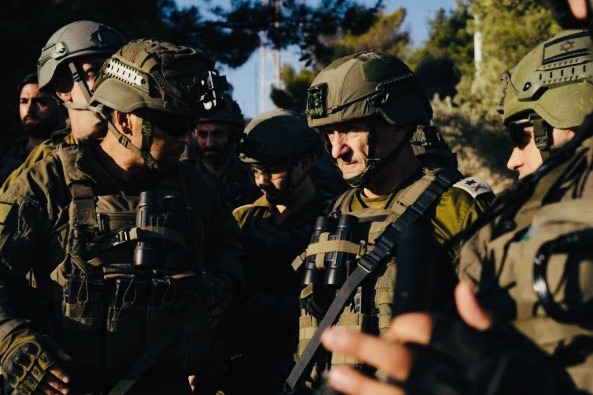
Ronen Bar, the director of the Shin Bet, Israel’s internal intelligence agency, said that Israel wants to establish “a border of peace” by stationing Israeli troops in “the terrorists’ own dens.”
The implications of their comments are clear.
Israel most likely will not agree to withdraw from southern Lebanon until an entirely new security arrangement is created. At this point, no one knows how long Israel will remain there to achieve this ambitious goal.
After years of tolerating Hezbollah threats and provocations, Israel is intent on changing the “rules of the game” so that it no longer has to live with terrorism on its border. (The same logic applies to the Gaza Strip, which was ruled by Hamas until the October 7, 2023 massacre in southern Israel).
In practice, this means that the area up to the Litani River, a distance of some 30 kilometers from the Israeli border, will have to be cleared of Hezbollah in accordance with United Nations Security Council Resolution 1701. Passed in the summer of 2006, it was flagrantly flouted by Hezbollah, which proceeded to build a state-within-a-state in the south.
Neither the Lebanese government nor the Lebanese army tried to enforce the resolution, giving Hezbollah free rein in southern Lebanon.
The United Nations Interim Force in Lebanon, which was set up in the wake of Israel’s first invasion of Lebanon 46 years ago, has played a passive observation role there.
Since Israel’s latest invasion, the Lebanese government has suddenly awoken to its responsibility to enforce its sovereignty in southern Lebanon. Its belated acknowledgement may be due to the fact that more than 1,000 Lebanese civilians have been killed so far, a higher toll than in the 2006 war.
Last week, in a televised speech, Prime Minister Najib Mikati called for the “full” implementation of the resolution and said he was committed “the deployment of the (Lebanese) army in the south and the bolstering of its presence along the border.” Mikati claimed that Hezbollah “is in agreement on this issue,” an assertion that has yet to be proven.
Hezbollah’s deputy secretary-general, Naim Qassem, has called for a ceasefire in Lebanon on condition that it is linked to a truce in the Gaza Strip. Israel has resoundingly rejected this linkage, dashing the chances of a letup in the fighting in Lebanon.
During the course of its offensive, to which it has committed four divisions, Israel has captured an undetermined number of villages and open areas in proximity of the border. It would appear that Israel has no interest in expanding its military operations beyond the Litani River. In the last war, Israeli ground troops pushed north of the Litani and got as far north as Beirut.
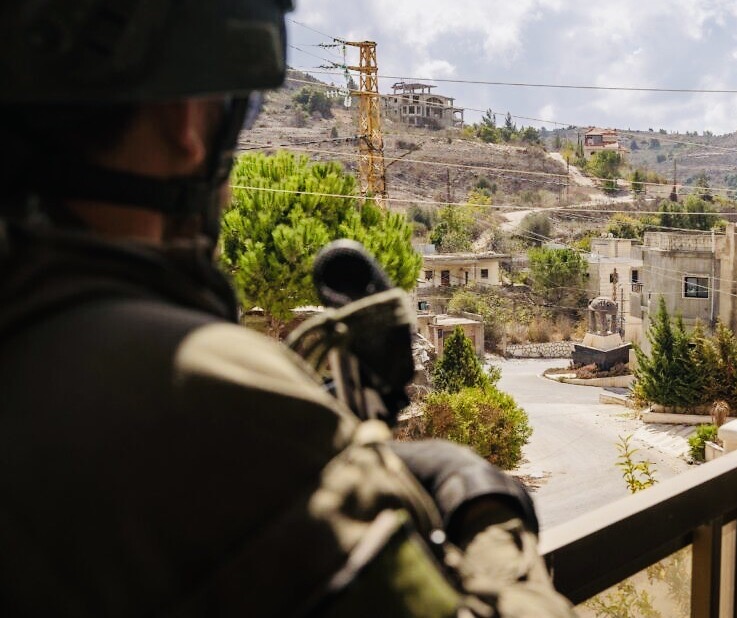
However, the Israeli Air Force has struck targets all over Lebanon, including Hezbollah’s base in the southern suburb of Dahiyeh, the Bekaa Valley, and the region close to the Syrian border.
By all accounts, Israel has engaged Hezbollah fighters from afar or in close-quarter combat. In unsecured border areas, Hezbollah fighters have fought Israeli forces.
Halevi said recently that Israeli troops are “eliminating more and more terrorists” and gaining “the upper hand.” As he put it, “Our forces are ready and trained more than ever, loaded with experience from fighting in Gaza and their advantage in the combat arena is clear.”
According to Israel, 1,500 Hezbollah fighters have been killed since last October. Hezbollah seems to have stopped posting obituaries for its fallen combatants. Israel claims to have eliminated more than 20 Hezbollah field commanders, including five brigade-level commanders, ten company commanders, and six platoon commanders.
One of the targeted commanders was in charge of launching rocket and anti-tank missiles at Israeli bases on Mount Dov and Mount Hermon. He was apparently responsible for the drone attack that resulted in the deaths of 12 Druze children and young adults on the Golan Heights this past July, an incident that enraged Israel and drove it to assassinate Hezbollah’s most senior commanders, most notably Fuad Shukr, who was killed in an air strike in Beirut.
Qassem claims that, since Nasrallah’s assassination, Hezbollah has “regained” its operational strength and restored its organizational capabilities and command-and-control structure. On October 17, Hezbollah announced that it was launching “a new and escalatory phase in the confrontation with the Israeli enemy,” saying that precision-guided missiles “are being used for the first time.”
Usually, Hezbollah has been firing more than 100 rockets and drones at Israeli military bases and cities on a daily basis. Israel has been unable to suppress these barrages.
On October 19, one of its drones evaded Israeli defences and struck a building near Netanyahu’s private residence in Caesarea. He and his wife were not at home at the time of the attack. Netanyahu branded it as an assassination attempt, and his ministers blamed Iran.
On the same day, a 51-year-old man from the Haifa suburb of Kiryat Haim was killed near Acre when he was hit by fragments from an Iron Dome interceptor missile which had just downed a Hezbollah rocket.
Eleven days ago, a middle-aged couple, Revital Yehud and Dvir Sharvit, were struck by a rocket in Kiryat Shmona as they walked their dogs.
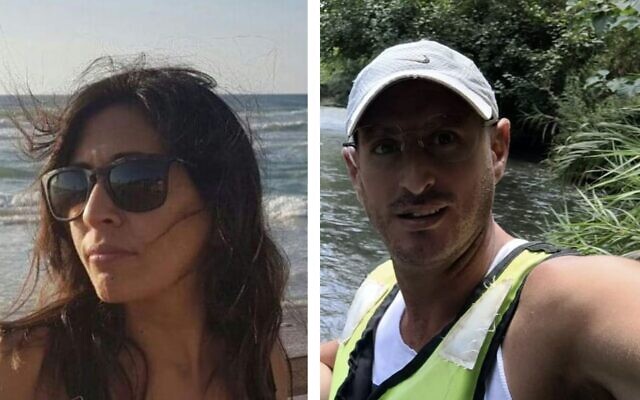
Since last October, 29 Israeli civilians have been killed by Hezbollah.
Hezbollah has targeted a succession of Israeli towns and cities, especially Haifa and its suburbs and Safad. Hezbollah is believed to have an arsenal of 150,000 to 200,000 rockets, missiles and drones, all supplied by Iran.
Israel has lost 43 soldiers in combat with Hezbollah in the past year and 17 in the last two-and-a-half weeks. On October 13, four soldiers were killed and 58 were wounded when a Hezbollah drone crashed into the dining hall of an army base near Binyamina. On October 17, an additional five soldiers in Lebanon were killed.
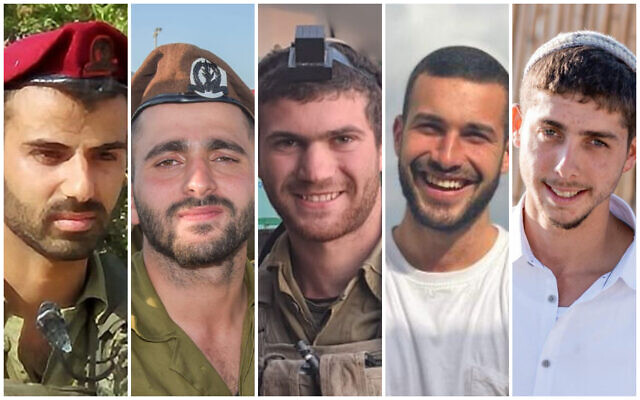
During the course of its operations, Israel has uncovered and destroyed Hezbollah tunnels, including one near the village of Zar’it that crossed roughly ten meters into Israeli territory. These tunnels were to have been used by Hezbollah to invade the Galilee.
Israeli soldiers as well have found large quantities of weapons and ammunition.
The air force has supported ground maneuvers and bombed Hezbollah targets ranging from rocket launchers, observation posts and sniper positions to command positions, tunnel shafts and weapons storage facilities.
Israeli jets have bombed the homes of Hezbollah commanders and Hezbollah’s intelligence headquarters and weapons production sites in Dahiyeh, which has been almost completely evacuated of civilians.
In addition, Israel has hit military and civilian crossing points used by Hezbollah to transfer weapons from Syria and Iran. Of late, Israel has forced Iranian commercial airplanes entering Lebanese airspace to turn back on the suspicion that they may have been carrying weapons and munitions bound for Hezbollah.
The United States, Israel’s chief ally, has been generally supportive of Israel’s offensive and no longer mentions a three-week ceasefire to end the fighting in Lebanon. “We do support Israel launching these incursions to degrade Hezbollah’s infrastructure so ultimately we can get a diplomatic resolution that allows Resolution 1701 to finally be fully implemented,” a State Department spokesperson said recently.
Yesterday, however, U.S. Secretary of Defence Lloyd Austin said that civilian casualties in Lebanon have been “far too high” and that he hoped Israel would “scale back” some of its air strikes, particularly in or near Beirut.” Nonetheless, he blamed Hezbollah for concealing weapons and fighters among civilians.
U.S. criticism notwithstanding, Israel is ploughing ahead with its campaign to rid southern Lebanon of Hezbollah so that Israelis can go back to their homes near the Lebanese border and live in peace. It is a tall order, but Israel is bent on achieving these twin objectives so that a new security order can emerge from the ruins of this war and for the benefit of itself and Lebanon.
